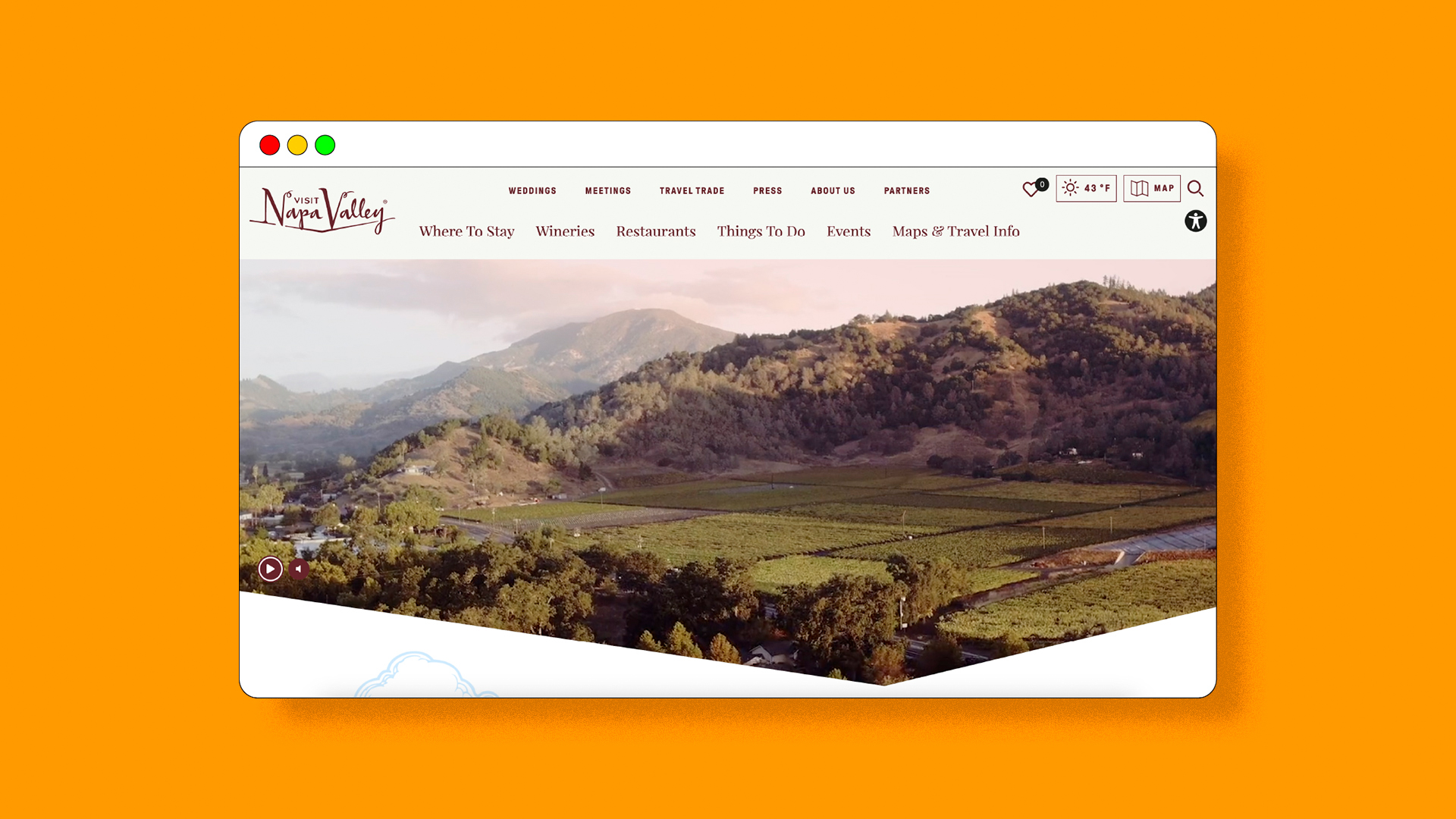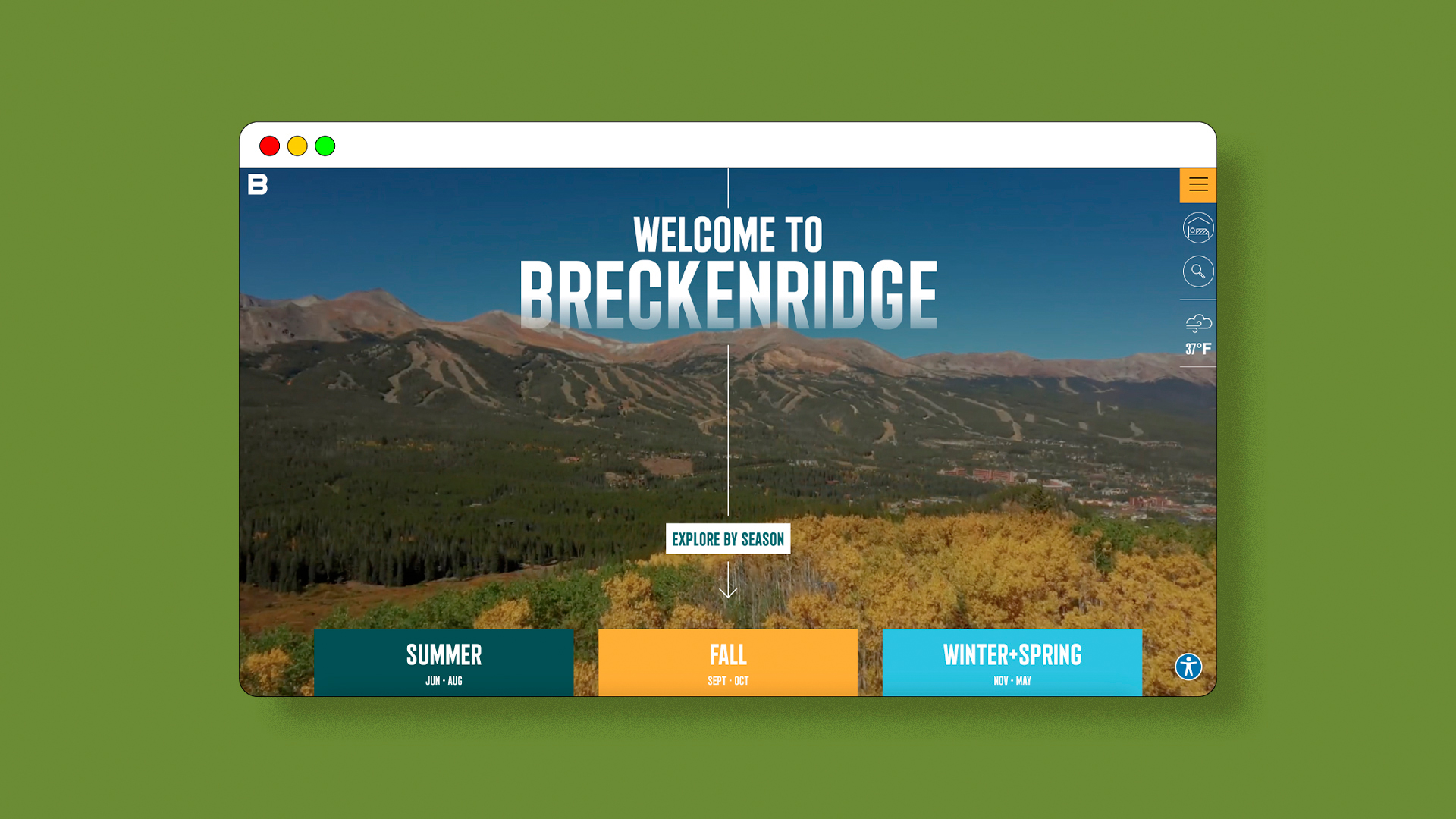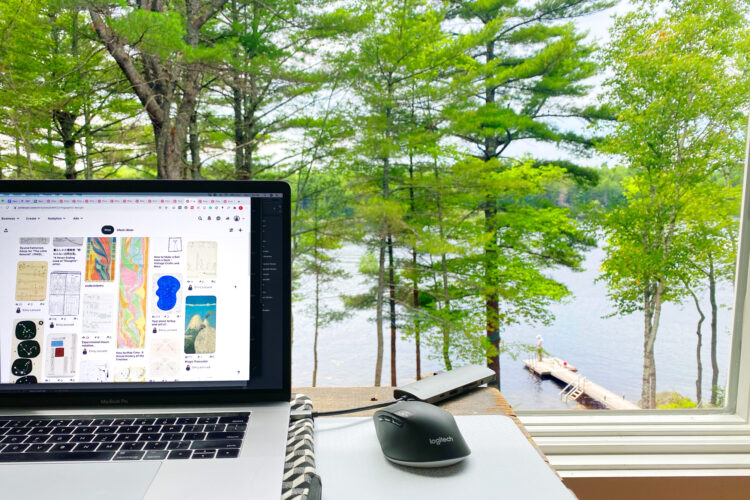User Friendly
A good travel website is informative and inspiring, helping prospective travelers plan for their dream vacation. But what’s the difference between a good travel website and a great travel website? Some of the best travel sites prioritize their commitment to accessibility. These sites aim to give users with disabilities more personalized control. For example, an accessible website will develop code with screen-reader users in mind, as well as adjust contrast ratios, and add accessible features, like widgets. And evidence shows that being accessible is good for business.
According to a 2022 report from MMGY Global, titled “Portrait of Travelers with Disabilities: Mobility and Accessibility,”. The ability to have access to the same experiences as travelers without disabilities should be a priority across the hospitality, travel and tourism industries, as travelers with mobility disabilities spend $58.2 billion per year on travel. They are going on leisure trips with nearly the same frequency as those without mobility issues, taking an average of 3.4 trips in the past 12 months and spending an average of $3,546 on leisure travel during that time frame.

We think these five travel websites offer a truly inclusive user experience by featuring accessibility information pages and tools:
1. Thrillist
Thrillist is committed to building a “robust, inclusive, and accessible platform.” Current accessibility features include the ability to zoom up to 300%, captions in video players, as well as improved color contrast and navigability. Future plans for improvements include updates to site navigation, contact forms, and text spacing.
2. Visit Napa Valley
Bellweather built upon Visit Napa Valley’s existing brand to create a lush web experience, particularly for users who are visually impaired. Bellweather’s design included color choices to ensure the highest levels of ADA compliance. In collaboration with AudioEye, Napa Valley’s site is regularly monitored and tested to ensure accessibility. The AudioEye toolbar includes enhancement tools that allow site visitors to customize their user experience. To read more on Visit Napa Valley’s commitment to accessibility, visit their accessibility page. To learn more about Bellweather’s work for Napa Valley, visit Visit Napa Valley.

3. GoBreck
Inspired by Breckenridge’s stunning landscape and history, Bellweather launched a new digital experience for GoBreck, the Breckenridge Tourism Office. Bellweather’s design and development team created standout visuals while meeting the needs of users with visual impairments. The site’s overall color palette and typography passes AAA-level ADA compliance and our custom coding initiates quick access for tabbed navigation and screen readers. The AudioEye toolbar includes a visual toolkit that allows a user to reset things like text size, spacing, and contrast. To learn more about Bellweather’s work for Breckenridge, visit our case study.

4. New Orleans
New Orleans offers a Recite Me toolbar that allows users to read website text aloud, “download the text as an MP3 file to play it where and when it suits you, change font sizes and colors, customize background color, translate text into more than 100 different languages,” and access a fully integrated dictionary and thesaurus.
5. Discover Los Angeles
Discover Los Angeles is “committed to providing a digital experience that is accessible to all audiences, regardless of technology or ability.” Partnering with Siteimprove® Intelligence Platform, the site is “regularly assessed via the use of assistive technology (such as screen readers and screen magnifiers).” Manual and automated testing is performed by Siteimprove and the Los Angeles Tourism & Convention Board internal team.
According to data from the CDC, approximately one in four adults in the United States lives with a disability, constituting 26 percent of the overall population. Further, the Department of Health and Human Services, as part of its Healthy People 2010 initiative, reported that within this 26 percent, 63 percent are individuals over the age of 65. Ultimately, with retirement liberating individuals from work obligations and granting them more disposable income, retirees are increasingly inclined to embark on frequent travel adventures.
Fortunately, a growing number of accessible-friendly resources and travel websites have emerged to aid in vacation planning for those with mobility limitations. For instance, retireguide.com offers a comprehensive list of 14 Accessible Vacations tailored specifically for senior citizens facing mobility challenges. This invaluable resource ensures that irrespective of age or ability, preparing for a dream vacation is a joyful endeavor, brimming with exciting possibilities.


